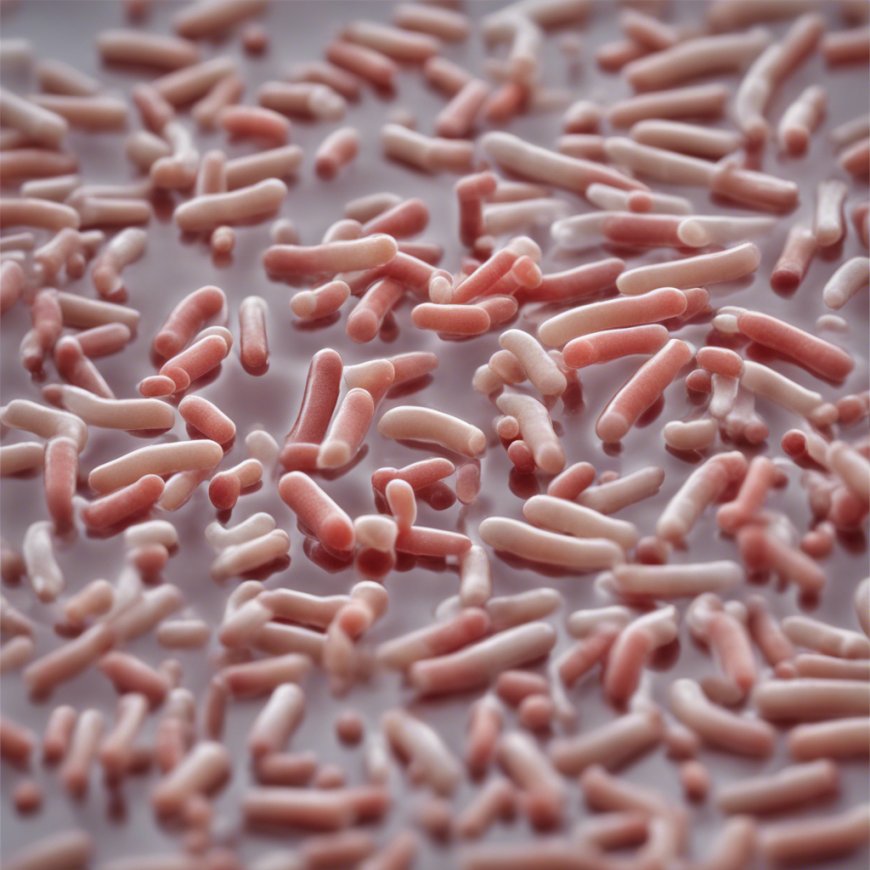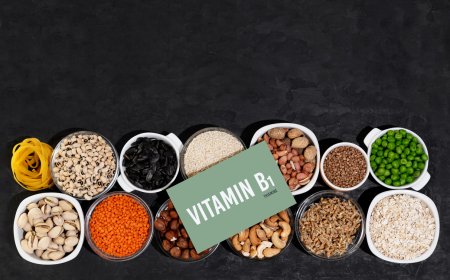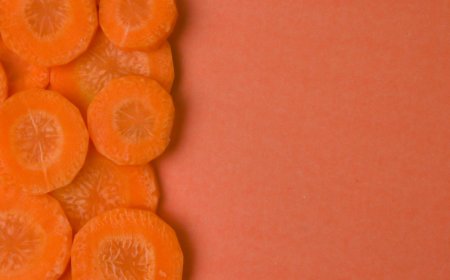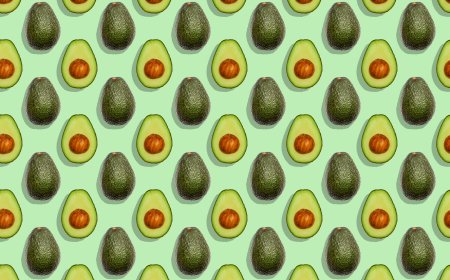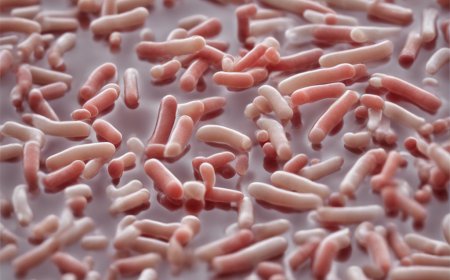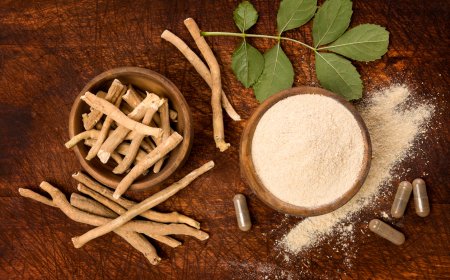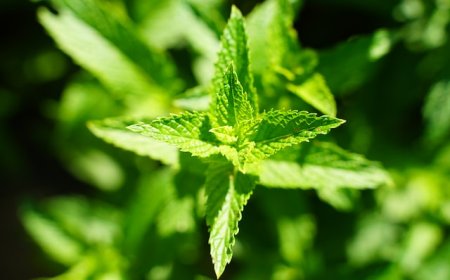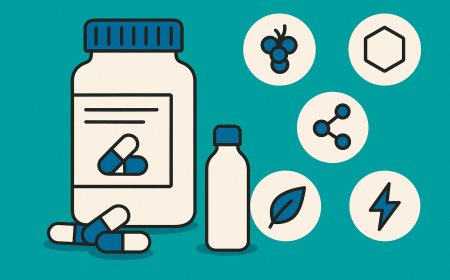Clostridium botulinum is a bacterium belonging to the Clostridia class. It is a rod-shaped, anaerobic, Gram-positive microorganism that produces spores. Notably, C. botulinum is responsible for the production of botulinum toxin, one of the most potent neurotoxins known. The toxin disrupts nerve function, leading to muscle paralysis. There are several types of botulinum toxins (types A through G), with types A, B, E, and F being most commonly associated with human illness.
There are different forms of botulism, the disease caused by botulinum toxin:
-
Foodborne Botulism: This occurs when people ingest pre-formed toxins in contaminated food, often in improperly canned or preserved products.
-
Infant Botulism: It results when infants consume spores, typically found in soil or honey, which then colonize the gut and produce toxins.
-
Wound Botulism: Happens when spores enter a wound and produce toxins in the infected area.
-
Inhalation Botulism: Rare and usually associated with accidental or intentional inhalation of botulinum toxin (e.g., in laboratory settings or as a biological weapon).
Symptoms of botulism often include blurred vision, difficulty swallowing, muscle weakness, and, if untreated, can progress to paralysis. Treatment typically involves antitoxins and supportive care. Because of the toxin's potency and potential for misuse, C. botulinum is considered a high-priority pathogen by health organizations. Despite its danger, controlled forms of the toxin (Botox) are used medically to treat various muscle conditions and cosmetically to reduce wrinkles.
Why is it rare to human to get sick by Clostridium botulinum?
Getting sick due to Clostridium botulinum is relatively rare for several reasons:
-
Strict Growth Requirements: C. botulinum is an obligate anaerobe, meaning it thrives only in environments with little or no oxygen. It also requires a specific pH range and a temperature between 25°C and 40°C to grow and produce toxins. Most modern food handling practices, refrigeration, and packaging methods create conditions that limit its growth.
-
Proper Food Handling and Processing: Modern food processing methods significantly reduce the risk of botulism. Home canning is a primary concern, but awareness and education on safe canning practices have minimized contamination risks. Commercial canning methods ensure the destruction of C. botulinum spores through heat processing.
-
Heat Sensitivity of the Toxin: The botulinum toxin is heat-labile, meaning it can be inactivated through heating. Cooking food to an appropriate temperature (above 85°C for five minutes or more) effectively destroys the toxin, providing additional protection.
-
Infant Susceptibility: Infant botulism is uncommon because it typically requires ingesting spores that can colonize an infant's immature digestive system. Adults are more resistant to colonization due to mature gut flora, further reducing the risk.
-
Wound Botulism: This form is rare and usually associated with specific high-risk behaviors, such as intravenous drug use or injuries that lead to contamination by soil containing the spores.
-
Tight Control of Toxin Usage: The medical and cosmetic use of botulinum toxin (e.g., Botox) is highly regulated. It is administered only in extremely controlled environments by trained professionals, reducing accidental exposure.
Why is it rare to human to get sick by ingesting Clostridium botulinum bacteria?
Getting sick from ingesting Clostridium botulinum bacteria is rare due to several key factors:
-
Spore Dormancy: C. botulinum primarily exists in its spore form, which is dormant and does not produce toxins. These spores can survive in environments unsuitable for bacterial growth, such as foods exposed to oxygen or at temperatures outside the bacterium's optimal range. Ingesting spores alone does not directly cause illness unless conditions allow them to germinate and produce toxins.
-
Competitive Gut Flora: The adult human digestive system hosts diverse microorganisms that usually outcompete C. botulinum spores. The bacteria cannot easily establish colonies in a healthy adult gut and rarely produce toxins.
-
Anaerobic Growth Conditions: C. botulinum needs a low-oxygen environment to germinate, grow, and produce its toxin. Foods with oxygen exposure, high acidity (low pH), or preserved at low temperatures prevent the bacteria from multiplying and producing toxins.
Why Botulinum toxin breakdown in alkaline medium and how fast?
Botulinum toxin is sensitive to its surrounding environment and can be inactivated in certain conditions, including alkaline environments. Here’s why it breaks down in alkaline conditions and the speed at which it happens:
-
Protein Structure and pH Sensitivity: Botulinum toxin is a protein, and its structure is crucial for its function. The toxin is most stable in acidic environments and less stable in alkaline conditions. In an alkaline medium, the higher pH can lead to the unfolding of the protein structure (denaturation). This structural breakdown prevents the toxin from effectively binding to nerve cells and inhibiting neurotransmitter release, rendering it inactive.
-
Enzymatic Activity: Alkaline conditions can also affect the enzymatic activity of the toxin’s light chain, which is responsible for blocking neurotransmission. The denaturation of the light chain makes it unable to cleave proteins involved in the release of acetylcholine, which is essential for nerve transmission.
-
Degradation Speed: The speed of toxin breakdown depends on several factors, including the specific pH, temperature, and the presence of other denaturing agents. At a strongly alkaline pH (typically above 10), the toxin may lose its activity rapidly within minutes to hours, while at moderately alkaline conditions, the process may take longer.
What are the sources of transferring Clostridium botulinum into food products?
Clostridium botulinum can contaminate food products through various sources and pathways. Here are some key ways that C. botulinum can be transferred into food:
-
Soil and Water Contamination: The bacterium naturally occurs in soils and sediments worldwide. When crops are grown in contaminated soil or irrigated with contaminated water, spores can transfer onto vegetables and fruits. These crops can then become sources of contamination if not properly cleaned or processed.
-
Improper Food Preservation:
- Home Canning: Inadequate processing, particularly in home canning, can leave spores viable. Low-acid foods (like meats and vegetables) require high temperatures for safe canning.
- Fermented Products: Improperly fermented foods, particularly those with low acidity, can create conditions conducive to bacterial growth.
- Salted and Pickled Foods: Foods preserved with inadequate salt concentrations or without sufficient acidity can allow spores to germinate.
-
Cross-Contamination: Handling raw ingredients contaminated with C. botulinum spores can lead to cross-contamination of other foods or surfaces, which then become vectors for infection.
-
Honey: Honey is a recognized source of C. botulinum spores, which can lead to infant botulism if ingested by babies under one year old, as their immature digestive systems may allow the spores to germinate and produce toxins.
-
Contaminated Processing Equipment: Equipment used in food processing can become contaminated if not properly sterilized. This contamination can then transfer spores to processed foods.
-
Marine Environment: Certain strains of C. botulinum (types E, B, and F) are associated with fish and marine environments. Seafood can become contaminated if harvested or processed in unsanitary conditions.
